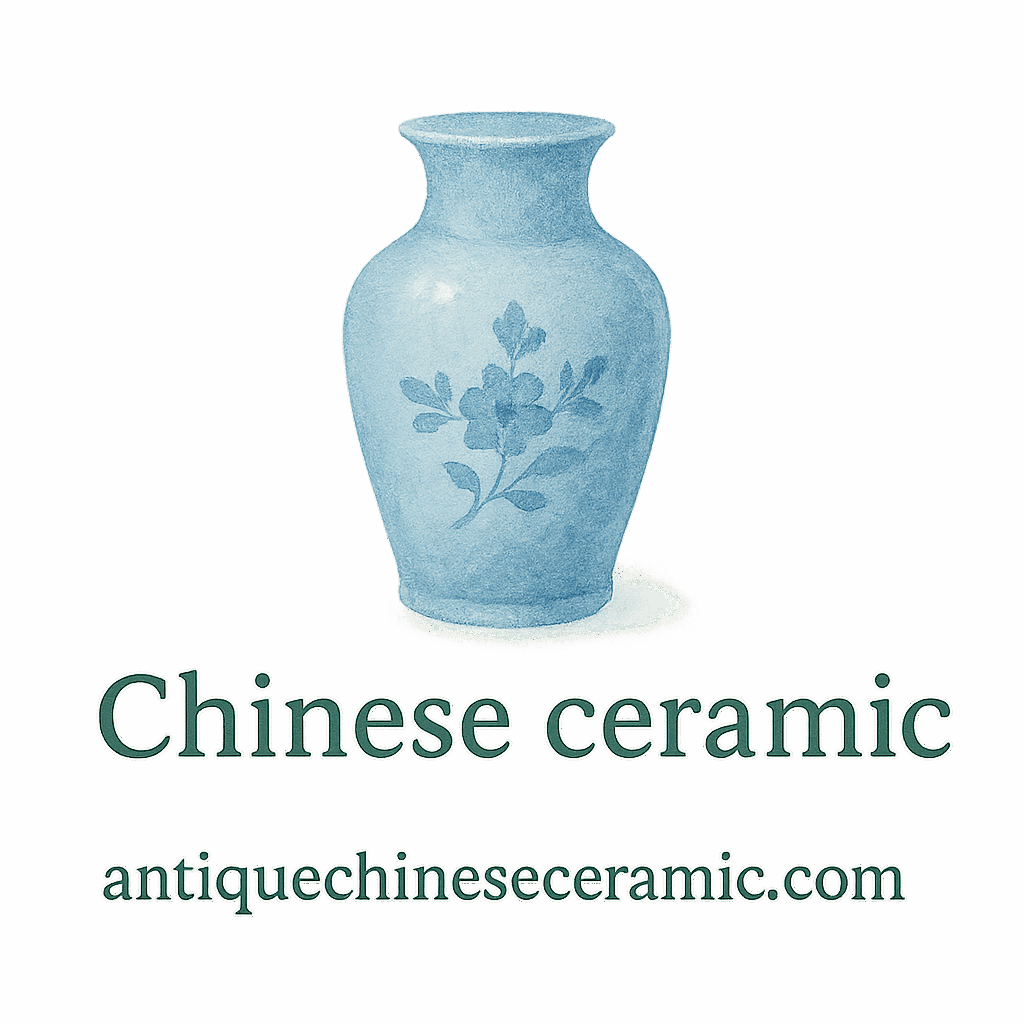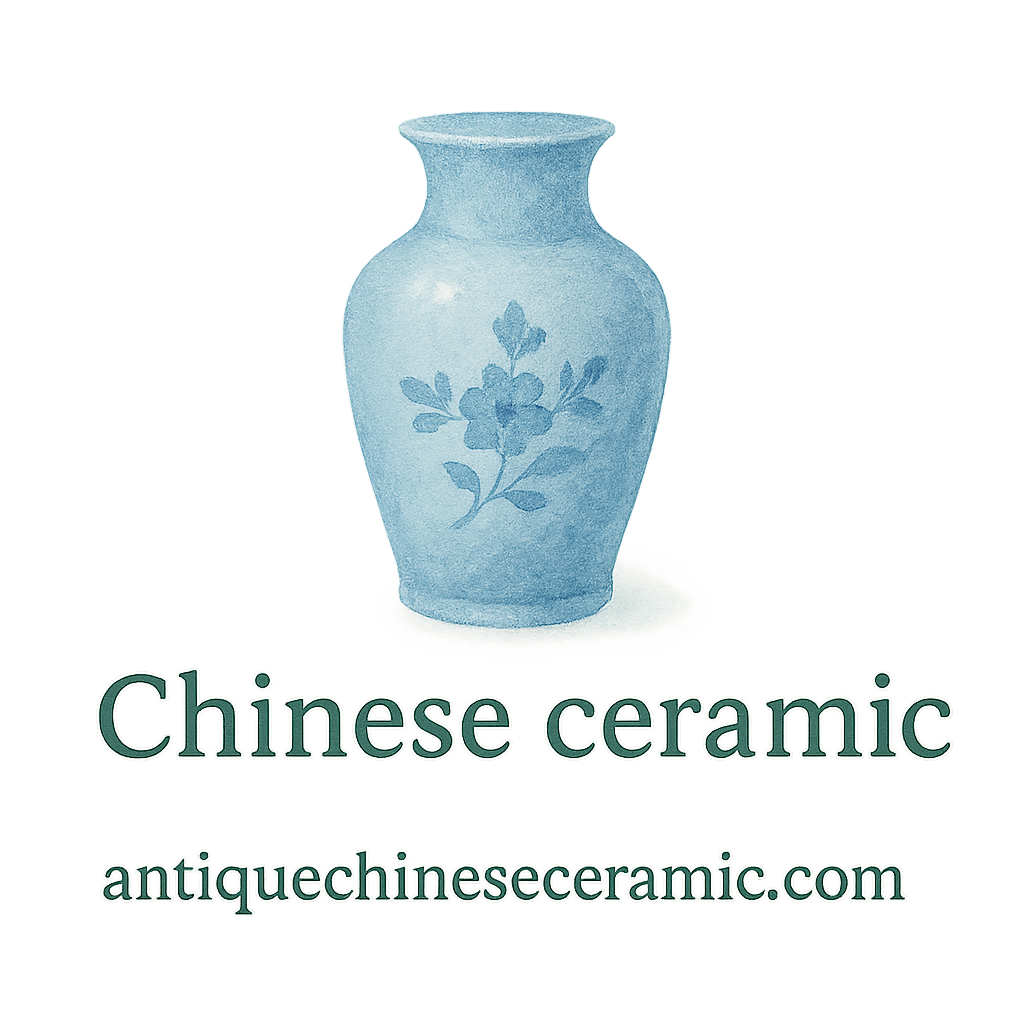Introduction: The Global Journey of Chinese Ceramics
Imagine ancient porcelain vases packed carefully in straw, crossing deserts and seas, carried by merchants eager to share the beauty of Chinese craftsmanship with the world. Sounds cinematic, doesn’t it? But it was real—and vital to how antique Chinese ceramics became global treasures.
This post explores the 10 most important trade routes that helped export these exquisite pieces across continents, leaving a legacy you can still admire—and collect—today.
Looking to dive into the world of antique Chinese ceramics? You’re in the right place.
The Ancient Allure of Chinese Ceramics
A Brief Historical Overview
Chinese ceramics have been celebrated for thousands of years—since the Han Dynasty and beyond. From the blue-and-white porcelain of the Ming era to Song dynasty celadon, each piece holds centuries of artistry, philosophy, and technique.
Want to know more about the timeline of Chinese ceramic history? It’s a fascinating journey.
Why Chinese Ceramics Were So Coveted
What made these ceramics so desirable? Simple: quality, elegance, and durability. These weren’t just containers—they were cultural artifacts, status symbols, and prized possessions. From Europe to the Middle East, Chinese ceramics were the gold standard of artistic craftsmanship.
For collectors and historians, identifying ceramic quality and valuation is a key skill.
Trade Route #1: The Silk Road (Overland)
Connecting East to West
This legendary route connected China to Europe through Central Asia. Traders packed camels with silk, tea, and—yes—ceramics. Chinese pottery reached Persia, the Byzantine Empire, and Rome via dusty desert paths.
Caravans and Ceramic Containers
Protecting fragile ceramic containers during the journey wasn’t easy. Merchants used padded crates and straw lining to minimize damage—a rudimentary yet effective preservation method. Learn more about proper preservation and care used back then and now.
Trade Route #2: The Maritime Silk Road
Port Cities and Porcelain
When sea routes opened, Chinese exports truly flourished. Ships from Guangzhou, Quanzhou, and Ningbo carried ceramics to India, Africa, and even Italy.
Want to learn how collectors trace origin and identification? It often starts with port stamps and glazes.
Risks on the High Seas
The ocean was no joke—storms, pirates, and shipwrecks threatened cargo. Some pieces found today were recovered from centuries-old shipwrecks!
Explore more about ceramic surface damage and how experts distinguish seawater-aging.
Trade Route #3: The Tea and Ceramics Route to Russia
The Long March Through Siberia
Known as the “Tea Road,” this land route extended from Beijing through Mongolia and into Russia. Along with tea bricks, ceramic wares were a common companion.
Russian Demand and Dynastic Styles
Russian nobles adored Ming and Qing dynasty ceramics. The stylistic influence even appears in Russian palatial interiors.
Want to know more about dynasties and how they influenced ceramic styles? You’d be surprised by the cultural crossover.

Trade Route #4: Southeast Asian Trade via Vietnam and Thailand
Ceramics in Local Markets
Chinese merchants exported ceramics via the Gulf of Tonkin and Thai ports, reaching local markets and royal courts alike.
Cultural Exchange and Preservation
These routes helped shape regional art. You’ll see Chinese motifs in Thai pottery—and vice versa. Preservation of these hybrid forms is part of ongoing heritage discussions.
Trade Route #5: Middle Eastern Connection via Persia
Influence on Islamic Art
Chinese ceramics deeply impacted Islamic pottery, especially during the Abbasid Caliphate. Persian kilns even began mimicking Chinese techniques.
Ceramic Techniques Traded Alongside Goods
It wasn’t just goods moving—knowledge did too. Glazing methods, firing styles, and container shapes were shared across cultures.
Explore how care and cleaning practices evolved with these exchanges.
Trade Route #6: Dutch East India Company Routes
From Canton to Amsterdam
In the 17th century, the Dutch East India Company created structured routes from China to Europe. This wasn’t just trade—it was a ceramic craze.
European Fascination with Ming and Qing Wares
Dutch households flaunted porcelain in “cabinet displays”—a precursor to today’s modern collectors.
Start your own journey by visiting our collecting guide for antique ceramics.
Trade Route #7: The Portuguese and the Macao Gateway
The First Western Maritime Traders
Before the Dutch, the Portuguese were first to establish maritime trade with China. Macao became a gateway for ceramic export to Europe.
These items were often used in noble houses and churches—some even adorned with Christian motifs, showing cross-cultural fusion.
Trade Route #8: Spanish Manila Galleons
Ceramics Across the Pacific
From the 1500s to 1800s, Spanish galleons carried Chinese ceramics from Manila to Mexico, then into Europe via overland Spanish roads.
This trans-Pacific route created one of the earliest globalized trade patterns—long before the term “globalization” even existed.
Trade Route #9: British China Trade via the East India Company
Massive Imports and Market Demand
The British East India Company monopolized Chinese exports in the 18th century. London became a hotbed for blue-and-white porcelain—some of which you’ll find at modern antique auctions.
Collectors today still chase pieces from this period due to their stunning quality and connection to colonial trade history.
Trade Route #10: Modern Global Auctions and Export Hubs
How Ceramics Travel Today
Today, antique Chinese ceramics move through online platforms and global auctions—no camel or sail required. Proper appraisal and valuation are essential.
Online Auctions and Global Collecting
With online marketplaces and container shipping, antique ceramic export is faster—but not without its risks. Issues like fake reproductions and poor storage can threaten authenticity.
Want to avoid rookie mistakes? Check out our tips on collecting and safety.
Conclusion: Legacy Through Trade
Chinese ceramics aren’t just art—they’re storytellers. Each crack, glaze, and motif holds a tale of trade, culture, and time. These 10 trade routes helped shape a global appreciation that still resonates.
So whether you’re a collector, history buff, or curious wanderer, the legacy of antique Chinese ceramic export is worth preserving, sharing, and exploring.
Looking for more guidance? Start here:
👉 Antique Chinese Ceramic Homepage
FAQs
1. What was the most important route for Chinese ceramic export?
The Maritime Silk Road stands out due to its vast reach and high-volume export, especially during the Ming and Qing dynasties.
2. How did traders protect ceramics during long journeys?
They used straw padding, wooden crates, and compartmentalized boxes to minimize breakage during transport.
3. Why were Chinese ceramics so popular in Europe?
Their intricate designs, high durability, and exotic origin made them prized among European elites.
4. Are there modern trade routes for antique Chinese ceramics?
Yes! Today, platforms like online auctions, container shipping, and international expos connect buyers and sellers globally.
5. How do I know if my ceramic piece is authentic?
You can visit our identification guide or get a professional appraisal.
6. What’s the best way to care for antique ceramics?
Keep them in stable temperatures, avoid harsh cleaning agents, and refer to our full preservation guide.
7. Where can I buy or sell antique Chinese ceramics?
Check out reputable online auction platforms, or connect with dealers listed on our collecting resources page.


